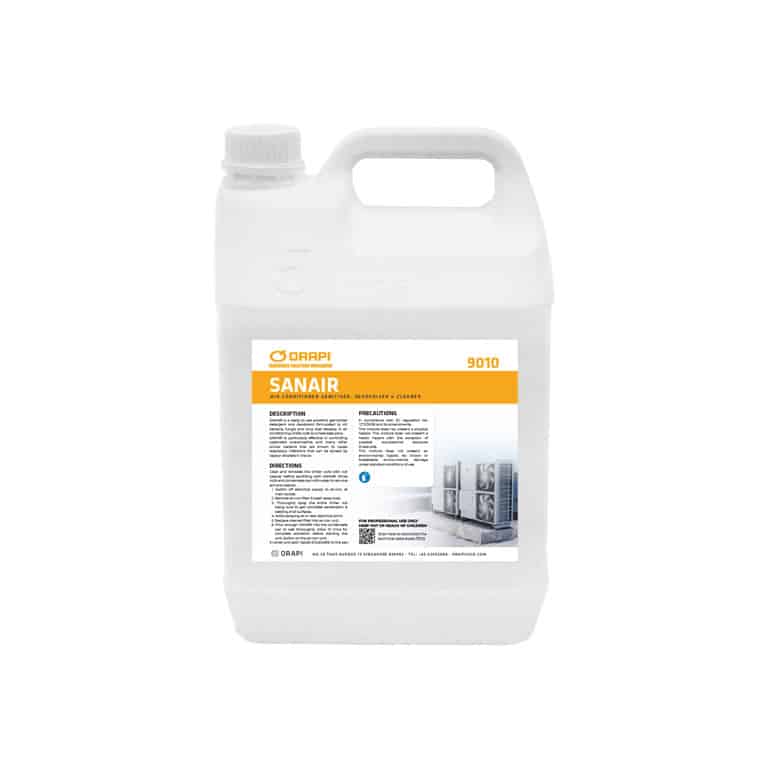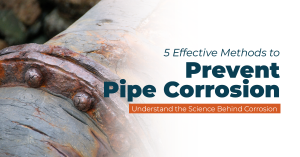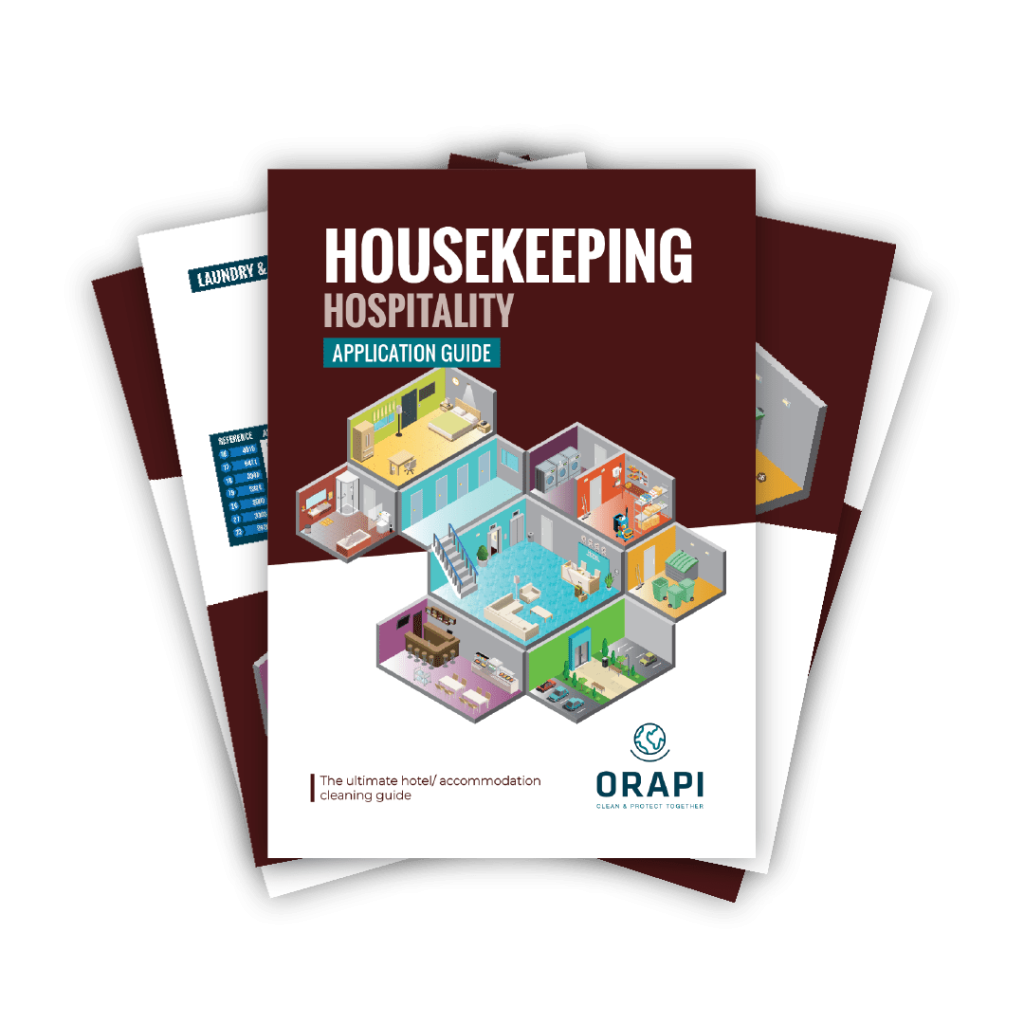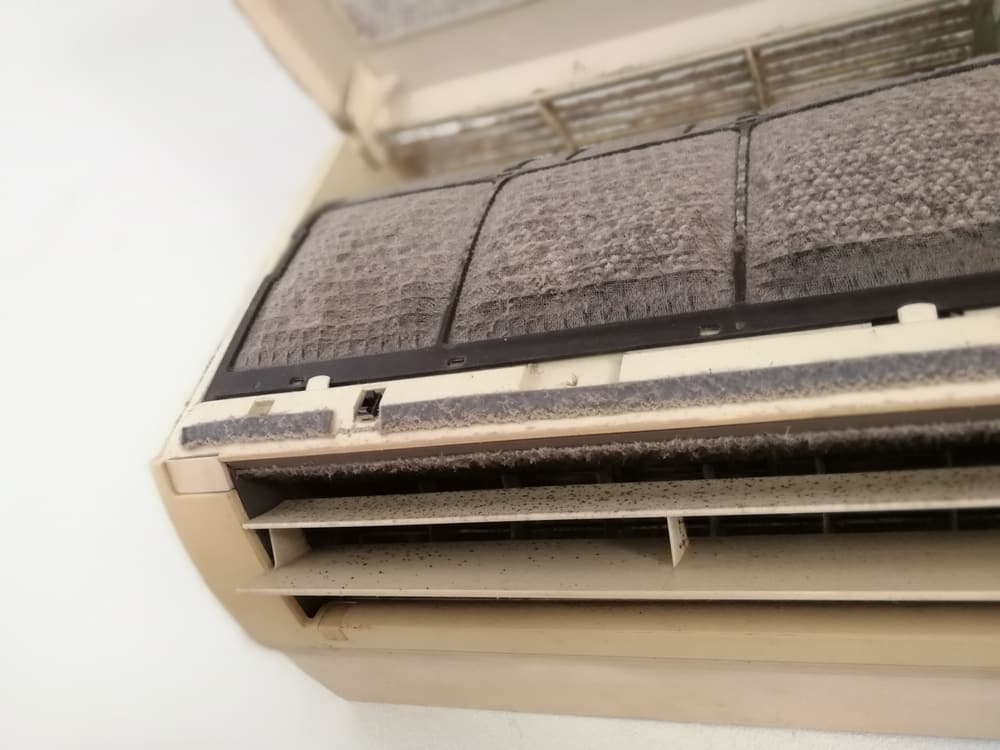
In recent years, indoor allergens and moulds have become a global concern, impacting people’s health and well-being. Among these moulds, Alternaria an aircon mould stands out as a common fungus known to cause respiratory allergies and potentially severe health issues. Its ability to thrive in warm and moist environments makes air conditioners an ideal breeding ground. This article aims to highlight the significance of Alternaria contamination on air conditioning units, discuss associated health risks, and provide practical prevention and removal tips. By adopting these practices, individuals can create a healthy indoor environment, safeguarding their well-being and optimising air conditioning performance. Keep reading to know more.
What Is Alternaria and Is It an Aircon Mould?
Alternaria: a Common Air Conditioner Mould Causes
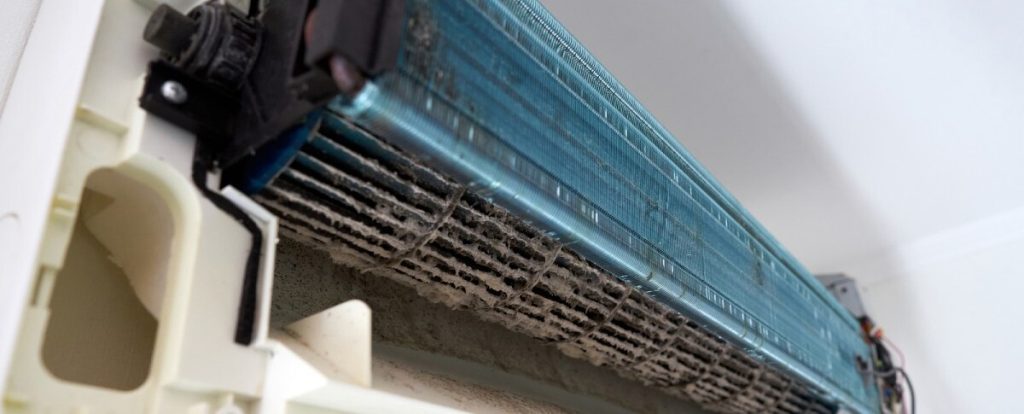
Moisture
Air conditioning systems create a cool and dehumidified environment but can also accumulate moisture due to condensation. This moisture provides an ideal breeding ground for mould growth, including Alternaria.
Ducts and Vents
Air conditioning systems have a network of ducts and vents that distribute the cooled air throughout a building. These ducts and vents can become contaminated with mould spores, including Alternaria, which can then be circulated into the indoor air when the system is running.
Dust and Debris
Air conditioning systems can accumulate dust, dirt, and other organic debris over time. These materials can serve as nutrients for mould growth, including Alternaria. As the mould spores settle on the accumulated dust, they can proliferate and form colonies within the aircon system.
Lack of Maintenance
Insufficient maintenance of air conditioning systems, such as infrequent cleaning and inadequate filter replacement, can contribute to mould growth. Without regular cleaning and upkeep, mould spores, including Alternaria, can accumulate and multiply within the system.
Indoor Contamination
Alternaria is an outdoor mould commonly found on vegetation. However, if outdoor air containing Alternaria spores is drawn into the air conditioning system, the mould spores can colonise and contaminate the indoor components of the system, including the ducts and vents.
Preventing Alternaria Aircon Mould
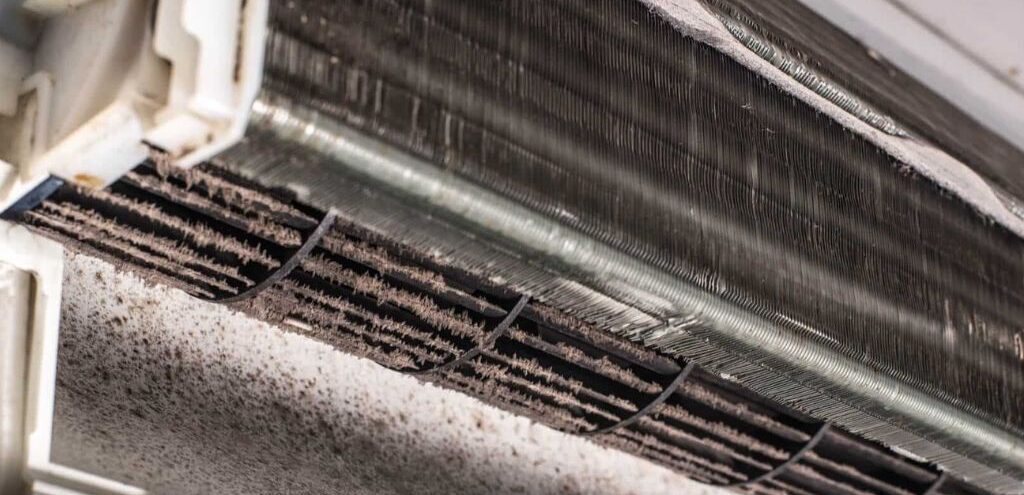
To prevent Alternaria and other mould growth in your air conditioning system (aircon), follow these preventive measures:
Regular Cleaning
Clean your aircon system regularly to remove any accumulated dust, dirt, and debris that can serve as a nutrient source for mould growth. This includes cleaning the filters, coils, vents, and ducts.
Control Moisture Levels
Ensure that your aircon system is properly functioning to maintain optimal humidity levels. Excess moisture can promote mould growth. Consider using a dehumidifier in areas with high humidity to keep the aircon system and the surrounding environment dry.
Promptly Address Leaks and Water Intrusion
Inspect your aircon system for any leaks or water intrusion. Address these issues promptly to prevent moisture accumulation and subsequent mould growth. Repair any leaks or water damage in the system or the surrounding infrastructure.
Adequate Ventilation
Ensure proper ventilation throughout your building or establishment, including in the areas where the aircon system is installed. Good airflow helps to prevent stagnant conditions that can contribute to mould growth. Keep vents clear of obstructions and ensure that air can circulate freely.
Regular Maintenance
Schedule regular maintenance for your aircon system, including professional inspections and cleanings. This can help identify and address any potential issues or signs of mould growth before they become extensive problems.
Monitor Indoor Humidity
Use a hygrometer to monitor and maintain indoor humidity levels below 50 per cent. This range helps prevent excessive moisture that can facilitate mould growth, including Alternaria.
Replace or Clean Filters
Follow the manufacturer’s recommendations for filter replacement or cleaning. Filters can trap dust and mould spores, so regular maintenance of filters is essential for maintaining good air quality and preventing mould contamination.
Professional Assessment
Consider hiring a professional aircon service provider to conduct a comprehensive inspection and assessment of your system. They can identify hidden issues, provide expert advice on maintenance and prevention, and ensure your aircon system is in optimal condition.
How to Remove Alternaria Aircon Mould
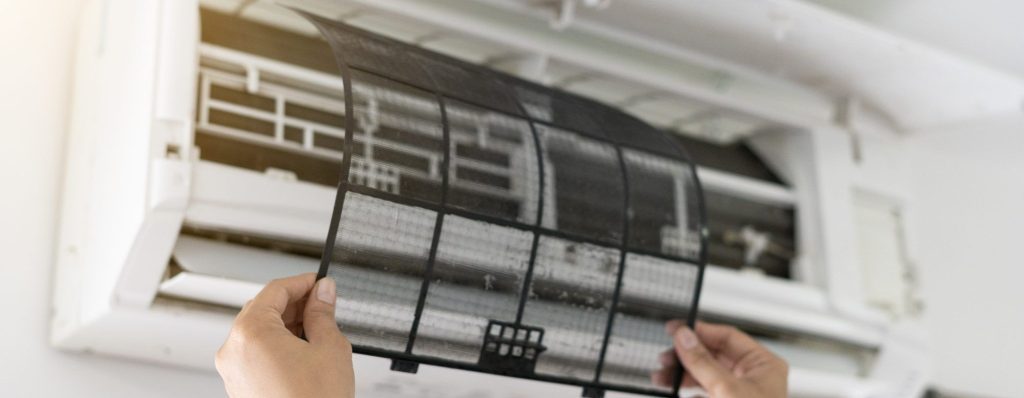
How to Remove Alternaria Aircon Mould
To prevent Alternaria growth in your air conditioner, it is crucial to remember two-three factors of Alternaria aircon mould growth.
- Just like any other mould, Alternaria grows in wet or humid environments. Alternaria thrives in moist environments. The relative humidity should be kept high, ideally around 80 to 95%, to provide sufficient moisture for spore germination and hyphal growth.
- Alternaria grows between a broad temperature range of 1°C to 35°C degrees.
- Alternaria can grow in both light and dark conditions. While exposure to natural or artificial light is not a requirement, it does not inhibit their growth either.
Alternaria Aircon Mould Removal Steps
Therefore, keeping rooms with air conditioners as dry as possible is the best solution. In kitchens, after cooking or cleaning, thoroughly dry the entire place to avoid any water residue, which can promote Alternaria growth in the aircon because if Alternaria spreads to the AC, you run the risk of spreading the aircon mould to every part of the building. To prevent this, follow these steps:
- Begin by brushing the filters to remove any loose dust and debris.
- Apply COILTRON to the filters, ensuring they are thoroughly sprayed. Allow the product to sit for 5 minutes.
- Wash the filters to remove the COILTRON product.
- Wipe the lid meticulously, paying attention to areas where green-brown alternaria might be present.
- Spray the top of the unit to eliminate any debris.
- Use COILTRON to clean the coil and fin. Start from the top and work your way down, as the product will naturally move downwards. Since COILTRON is a no-rinse formula, there is no need to rinse it off. Additionally, it leaves no residue when dry, which is crucial for cleaning coils and fins.
- The fan, which spans the length of the unit, should be sprayed directly with COILTRON.
- Use a rag or microfiber cloth to collect any excess product that misses the drain.
- Reinstall the previously cleaned filters.
- Note that it is recommended to wash COILTRON from all non-metallic surfaces. However, if spraying it on metallic surfaces, it is advisable to leave it, as COILTRON leaves a protective film that prevents corrosion and mould on filters and metal frames.
ORAPI RECOMMENDS:
ORAPI RECOMMENDS:
Conclusion: Alternaria Aircon Mould
In conclusion, the presence of Alternaria mould in air conditioning units poses a significant health risk and affects the overall well-being of individuals. Alternaria is a common fungus known to cause respiratory allergies and can thrive in warm and moist environments, making air conditioners an ideal breeding ground. To ensure a healthy indoor environment and optimise air conditioning performance, preventing and removing Alternaria contamination is crucial. Regular cleaning, controlling moisture levels, addressing leaks promptly, ensuring adequate ventilation, scheduling routine maintenance, monitoring indoor humidity, and replacing or cleaning filters are key preventive measures. Seeking professional assessment and taking necessary steps for Alternaria removal are also important. By implementing these practices, individuals can create a safe and comfortable indoor space while safeguarding their health.


